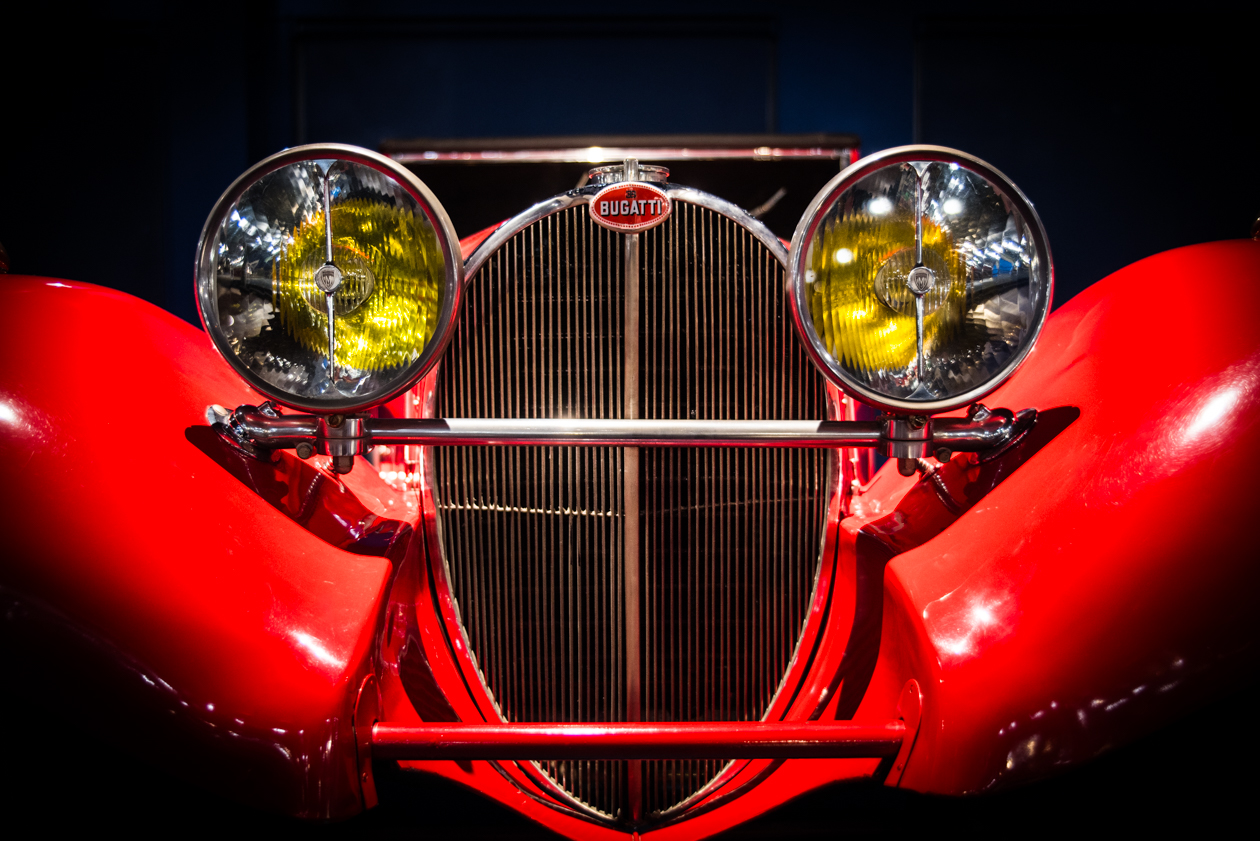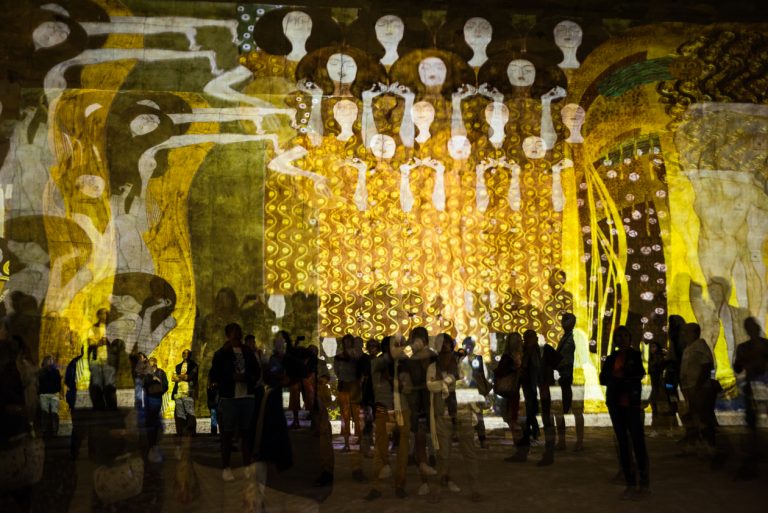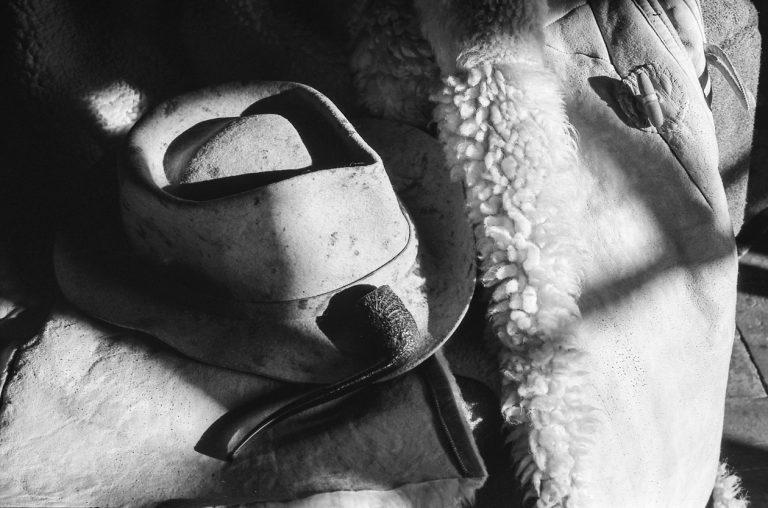Bugatti, when the car is an art object.
A journey through the history of the automobile and the Bugatti legend.
Le Musée de l’Automobile de Mulhouse, également connu sous le nom de Cité de l’Automobile, est un lieu emblématique qui offre une plongée fascinante dans l’histoire de l’automobile. Situé dans la ville de Mulhouse, en Alsace, ce musée est reconnu comme l’une des plus grandes collections de voitures au monde. Situé dans la ville de Mulhouse, en Alsace, ce musée est reconnu comme l’une des plus grandes collections de voitures au monde.
In addition to its extensive collection, the museum places particular emphasis on the legendary history of the Bugatti brand, which takes center stage in the exhibition.
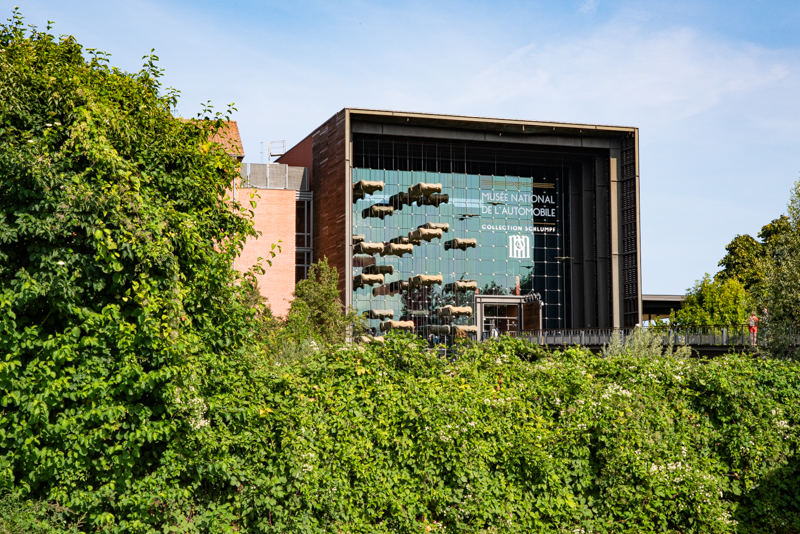
The history of the automobile: from its origins to modern industry .
The history of the automobile begins long before cars became an integral part of everyday life. The first attempts to create an autonomous vehicle date back to the 18th century. In 1769, French engineer Nicolas-Joseph Cugnot built what is often considered the first automobile: a steam-powered fardier designed to carry artillery.
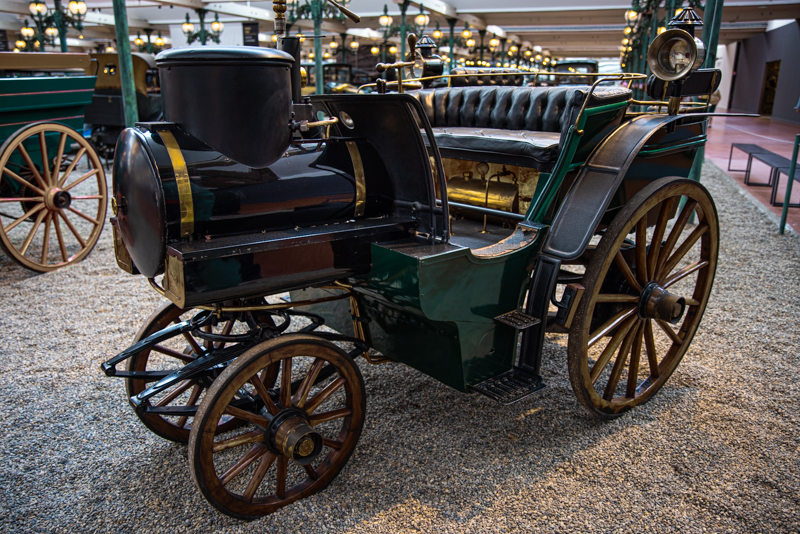
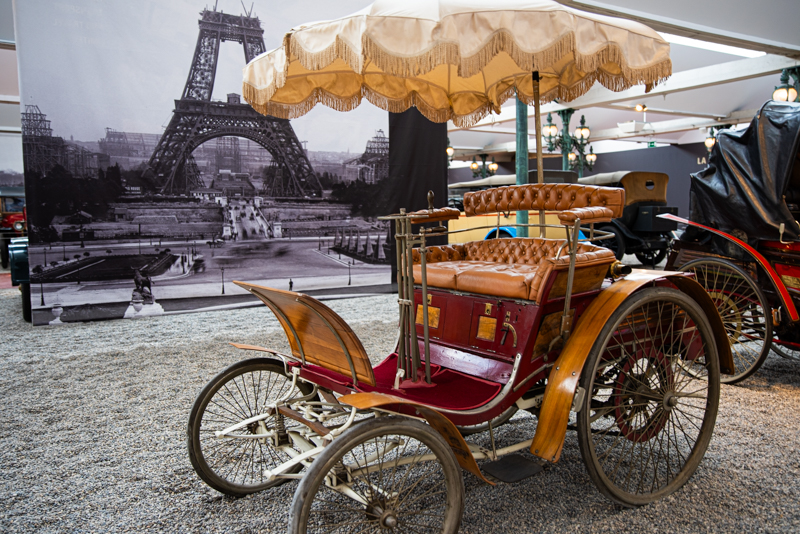
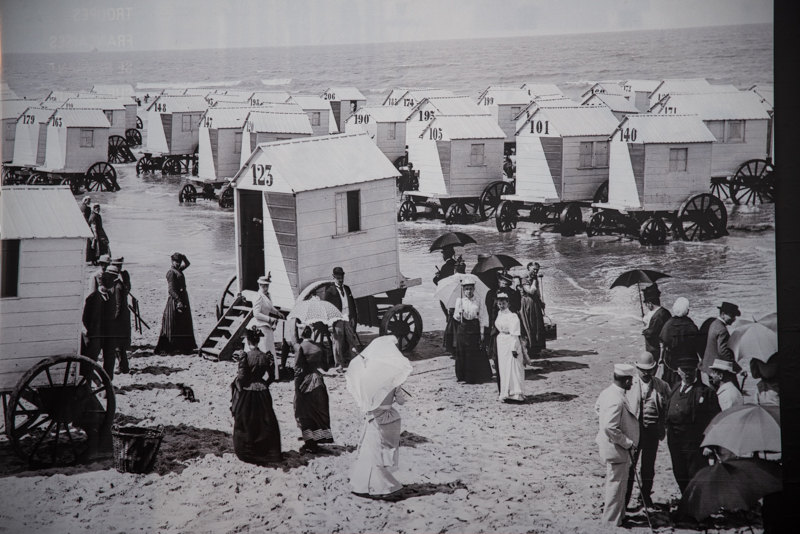
The Mulhouse Automobile Museum: an exceptional collection.
The Mulhouse Automobile Museum owes its existence to two industrial brothers, Hans and Fritz Schlumpf. In the 1950s, these car enthusiasts began collecting vintage cars. In the space of a few decades, the Schlumpf brothers amassed an impressive collection of over 400 vehicles, including rare and prestigious models, a large part of which is devoted to the Bugatti brand.
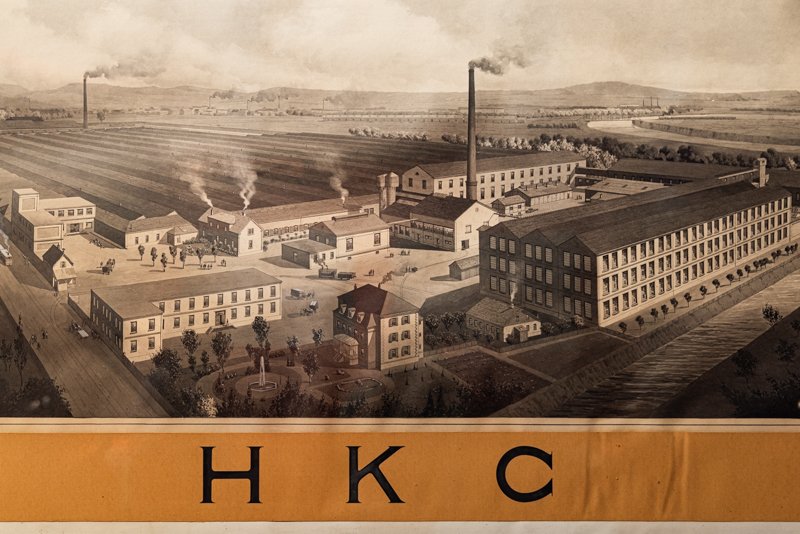
In 1982, the museum opened its doors to the public as the Musée National de l’Automobile. It was renamed Cité de l’Automobile in 2000. Today, the museum exhibits a collection of over 500 vehicles, including emblematic models from different eras. Among the collection’s treasures are racing cars, luxury vehicles and, of course, a remarkable Bugatti collection. Their industrial empire collapsed, and their private collection, long kept secret, was revealed to the general public when Schlumpf factory workers occupied the building in 1977. The discovery caused an uproar in France, and the collection was placed under state protection. In 1982, the museum opened its doors to the public as the Musée National de l’Automobile. It was renamed Cité de l’Automobile in 2000. Today, the museum exhibits a collection of over 500 vehicles, including emblematic models from different eras. The collection’ s treasures include racing cars, luxury vehicles, and of course, a remarkable Bugatti collection.
The Bugatti story: a heritage of luxury and speed.
The Bugatti story begins with Ettore Bugatti, born in Milan, Italy, in 1881. From an early age, Ettore showed an extraordinary talent for mechanics and design. After studying engineering, he began working for several car manufacturers, including De Dietrich and Deutz. In 1909, Ettore Bugatti moved to Molsheim, Alsace, where he founded his own company: Automobiles E. Bugatti.
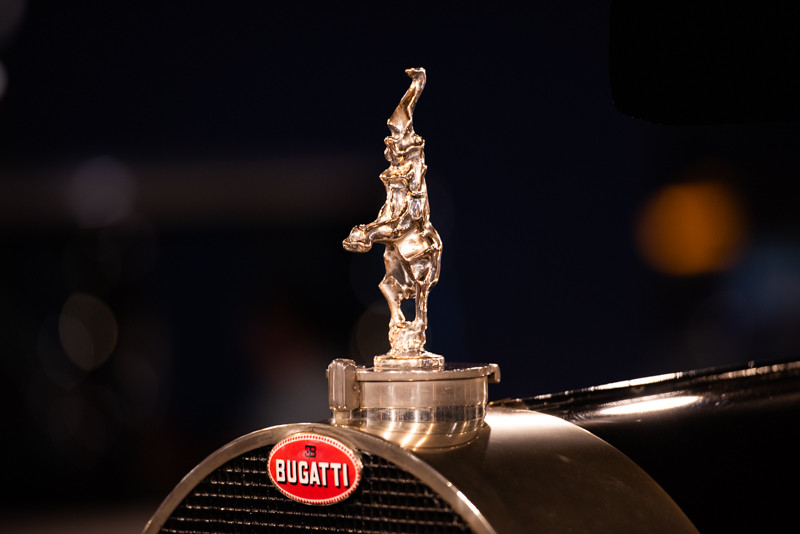
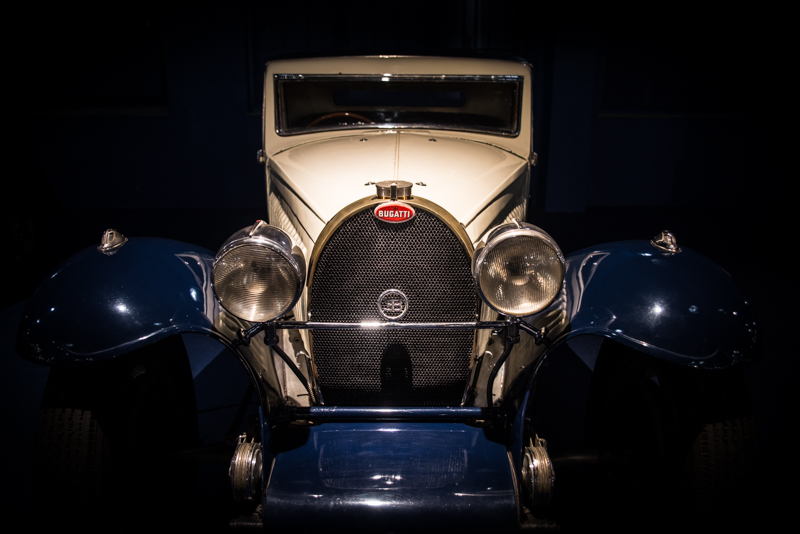
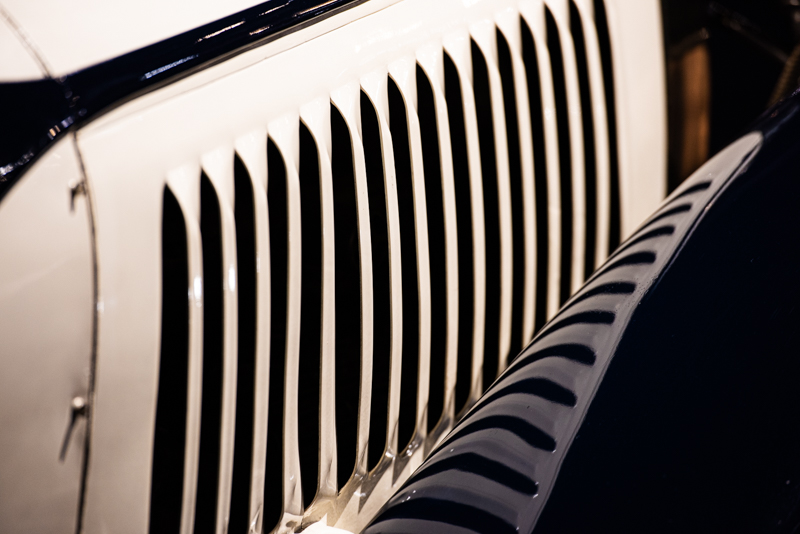
The first Bugatti cars, like the Type 13, made a lasting impression with their lightness, maneuverability and power. Ettore Bugatti created cars that were not only high-performance racing machines , but also true works of art. He is famous for his attention to detail, his quest for mechanical and aesthetic perfection, and his innovative spirit. The first Bugatti cars, like the Type 13, made a lasting impression with their lightness, manoeuvrability and power.
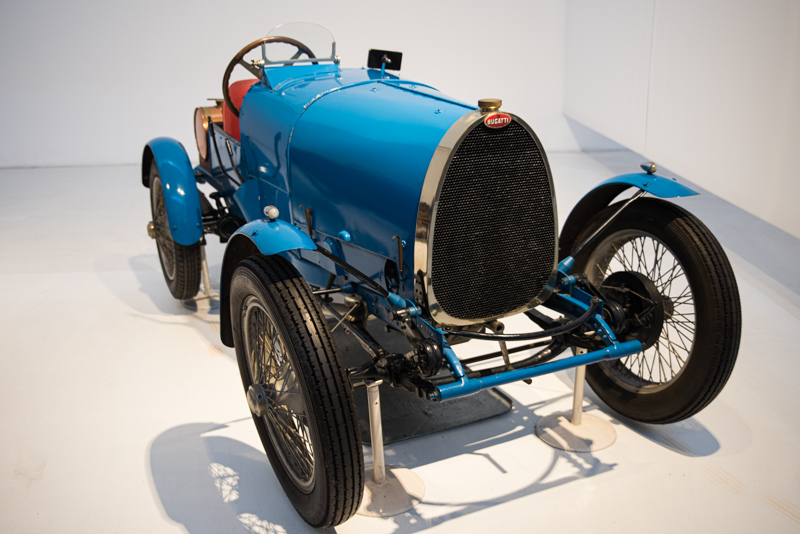
But it was with the Bugatti Type 35, launched in 1924, that the brand truly became a legend. The Type 35 is one of the most successful racing cars of all time, winning over 1,000 races in the 1920s and 1930s. Its design, blending elegance and performance, became the brand’ s signature.
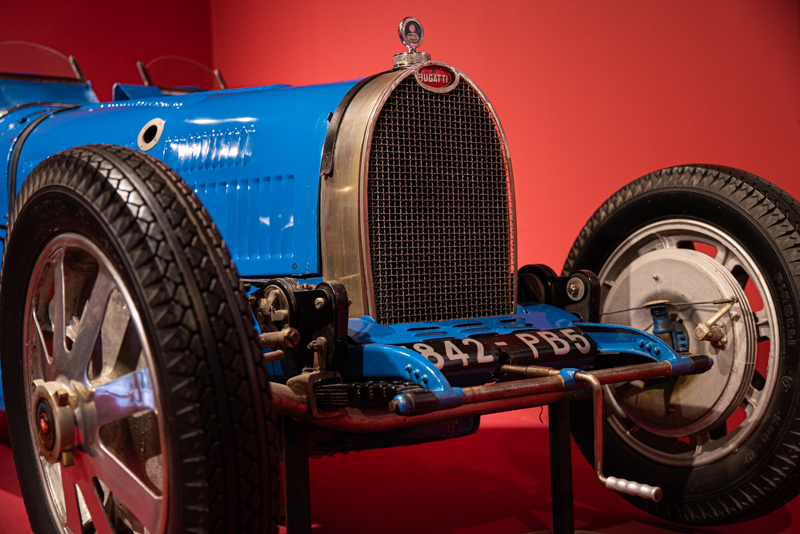
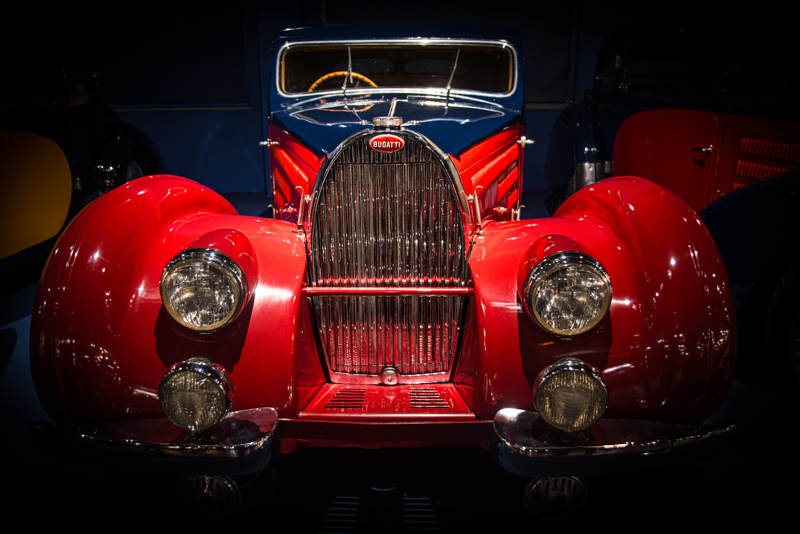
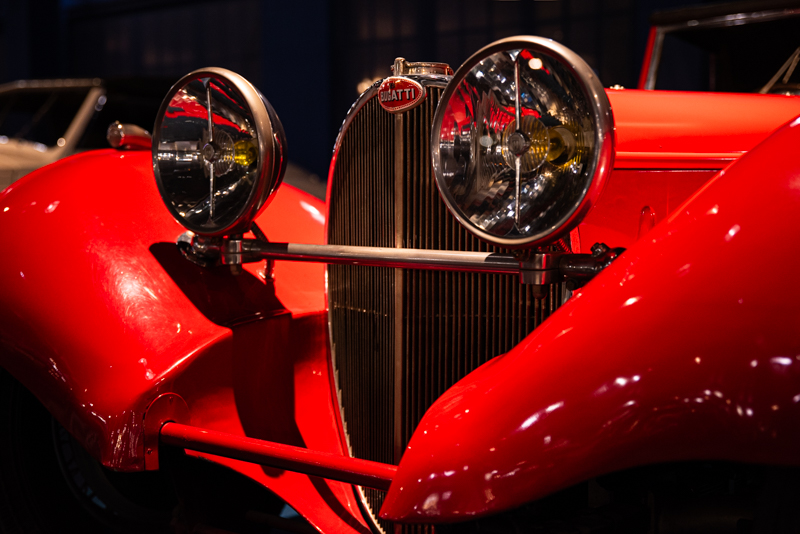
Bugatti at the Mulhouse Museum: an unrivalled collection .
The Musée de l’Automobile de Mulhouse boasts the world’s largest collection of Bugatti cars, with over 120 models on display. These include iconic examples such as the Type 35, the Royale, and the Type 57 Atlantic. This collection offers a unique overview of the brand’ s evolution, from its glorious beginnings under Ettore Bugatti to its modern models.
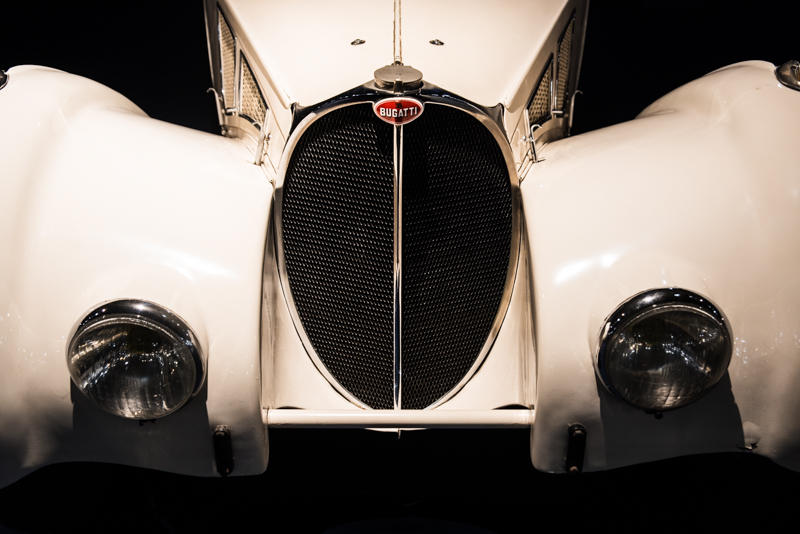
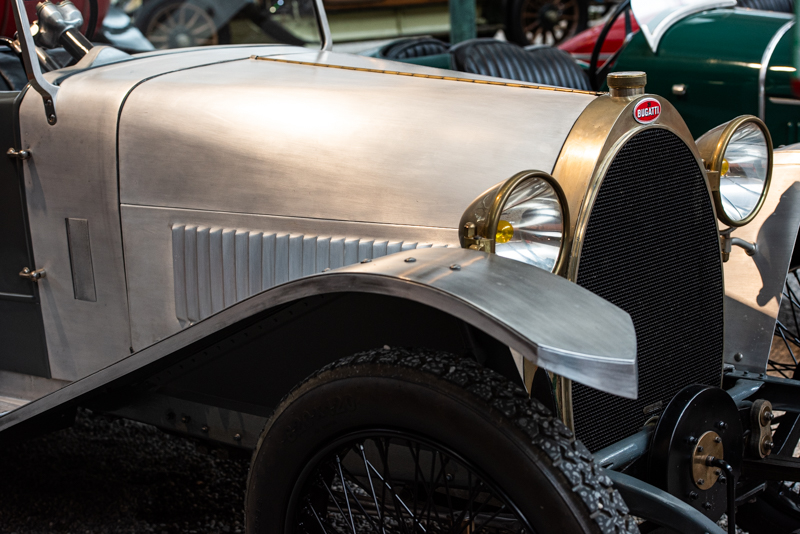
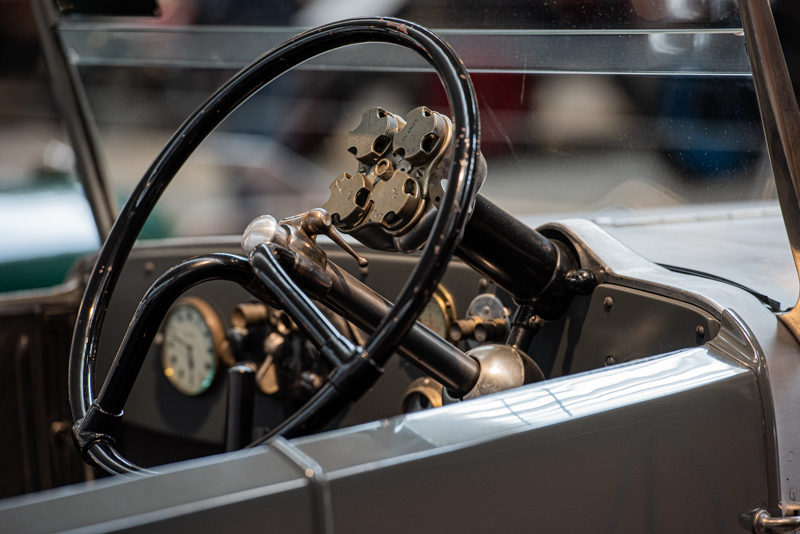
Each Bugatti vehicle on display at the museum tells a story: one of ingenuity, technical excellence and elegance. Along the aisles, you can admire these automotive masterpieces up close, and appreciate the lasting legacy left by Ettore Bugatti.
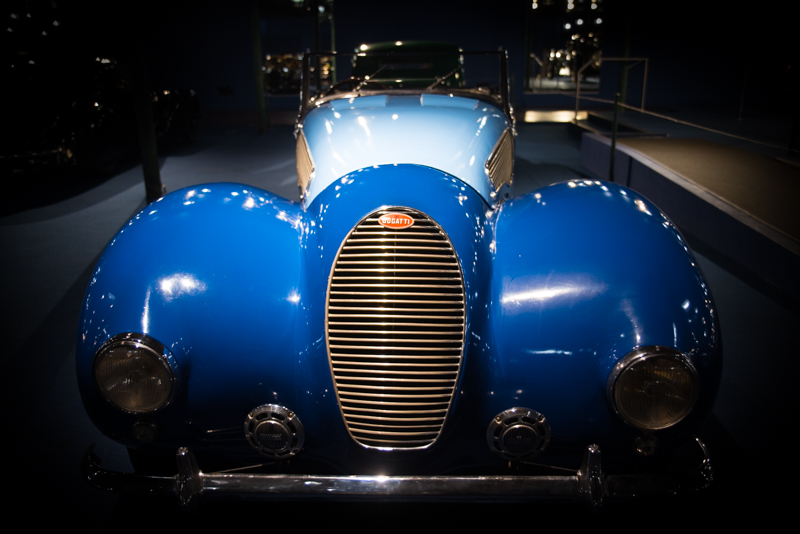
The Musée de l’Automobile de Mulhouse is a true tribute to the history of the automobile, a testament to the passion of the Schlumpf brothers, and a celebration of the genius of Ettore Bugatti. Strolling through the aisles, visitors discover not only vehicles, but also the stories of creativity, innovation, and passion that have shaped the automotive industry as we know it today.
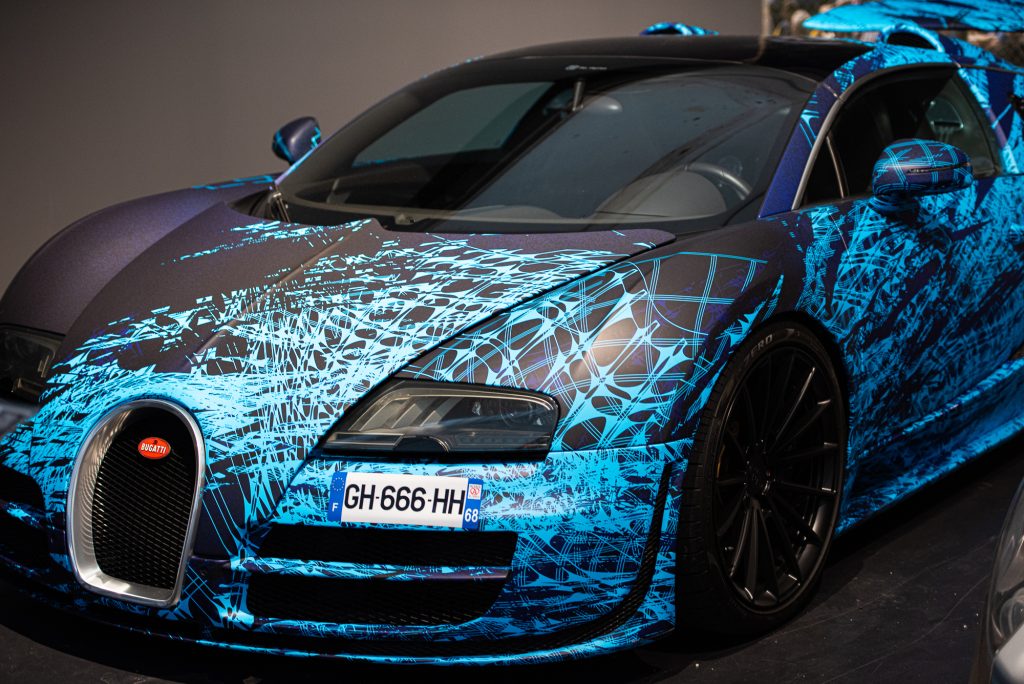
Mulhouse (France) – August 2024

